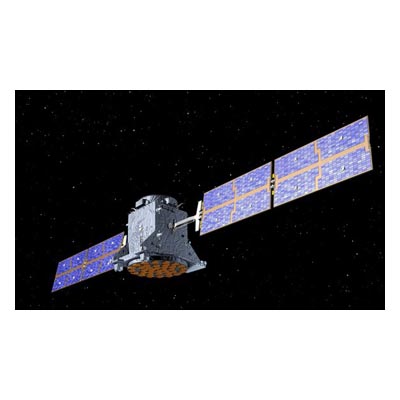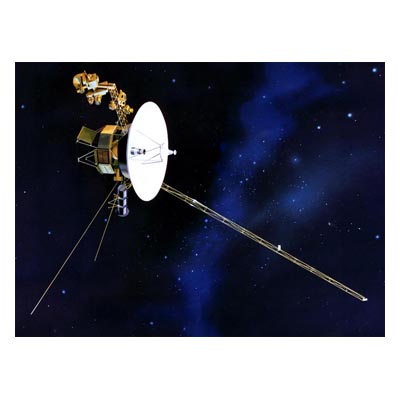RCA 1802 processors
Introduction: 1976
The RCA 1802 (aka RCA COSMAC or COSMAC 1802) was an 8-bit CMOS microprocessor introduced by RCA in early 1976, and currently being manufactured by Intersil Corporation. The 1802 has an architecture quite different from most other 8-bit microprocessors. COSMAC is an acronym for COmplementary Silicon Metal-oxide Conductor, which was RCA's term for its first CMOS (COS/MOS) semiconductor technology.
The RCA 1802 (which is actually the one-chip implementation of the earlier two-chip RCA 1801) has a static CMOS design with no minimum clock frequency, so that it can be run at very low speeds and low power. It has an 8-bit parallel bus with a bidirectional data bus and a multiplexed address bus (i.e., the high order byte of the 16-bit address and the low order byte of the address take turns in using the 8-bit physical address bus lines, by accessing the bus lines in different clock cycles). It has a single bit, programmable output port, and four input pins which are directly tested by branch instructions. Its I/O mode is flexible and programmable, and it has a single-phase clock with an on-chip oscillator. Its register set consists of sixteen 16-bit registers. The program counter (PC) can reside in any of these, providing a simple way to implement multiple PCs, pointers, or registers.
From the outset the 1802 has also been available fabricated in Silicon on Sapphire semiconductor process technology, which gives it a degree of resistance to radiation and electrostatic discharge (ESD). Along with its extreme low-power abilities, this makes the chip well-suited in space applications (also, at the time the 1802 was introduced, very few, if any, other radiation-hardened microprocessors were available in the market).
The 1802 was used in the Voyager, Viking, and Galileo spacecraft, and has been widely used in Earth-orbiting satellites. The Voyager spacecraft have three 1802s running at 6.4MHz. All these CPUs sent to space were operating at full military specification temperatures (-55 to +125 °C). The 1802 was also used in ACAL, a microprocessor based system for the detection of gasses in chemical warfare. ACAL was designed by Oldelft / Delft Instruments, a Dutch company in the military & defence business. ACAL only got as far as prototype stage and never made production.
Commercial applications included the MIL Key building access control system, made in Australia, and marketed by Philips in Europe in the 1980s.
A number of early microcomputers were based on the 1802, including the Comx-35, COSMAC ELF, COSMAC VIP, ELF II, SuperELF and Yugoslav Pecom 32 and 64, as well as the RCA Studio II video game console (one of the first consoles to use bitmapped graphics).
The first high-level language available for the 1802 was Forth, provided by Forth, Inc. in 1976.
Source: Wikipedia, the free encyclopedia.




